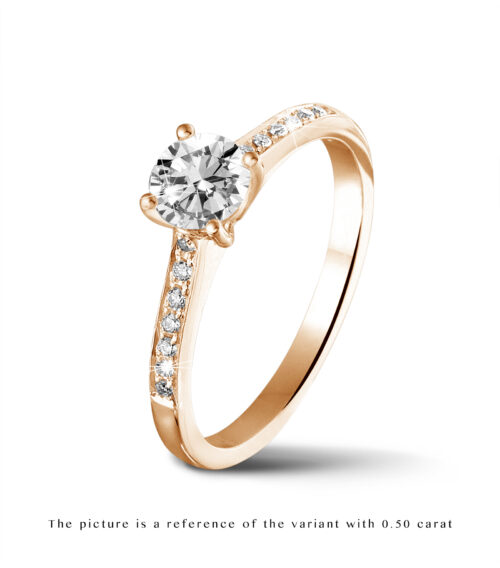As well as checking the diamond’s certificate and the 4 Cs (cut, clarity, colour and carat), you should make an effort to see the gem in person (or through a video call) to ensure you buy a beautiful investment diamond that is easy to sell later.
Shape: Princess cuts that have uneven sides of unequal proportions are less attractive. A square princess cut has a length-to-width ratio not exceeding 1:05:1. However, it is not uncommon for a princess cut diamond to be rectangular or tapered.
Symmetry: Draw an imaginary line down the length of the diamond to check if the facets on the right and left halves are the same shape and size. If they are symmetrical, it will enhance the overall beauty of the stone.
Scintillation: Look for a balanced contrast of light and dark patterns in the stone’s table and facets.
Avoid a pavilion bulge: If the pavilion from the girdle (the thin perimeter of the diamond) to the culet (the tiny point at the base of the pavilion, where the facets of the pavilion meet) is steep, it can create what is known as a ‘pavilion bulge’, making the stone look dark and adding extra weight. You can check this by looking at the diamond from the side (and preferable under a 10x loupe).



